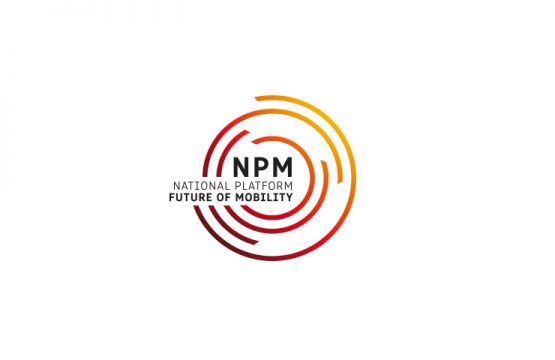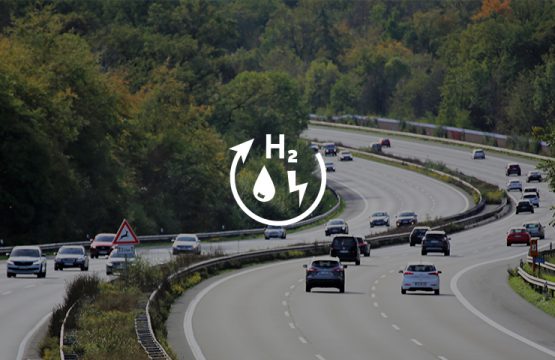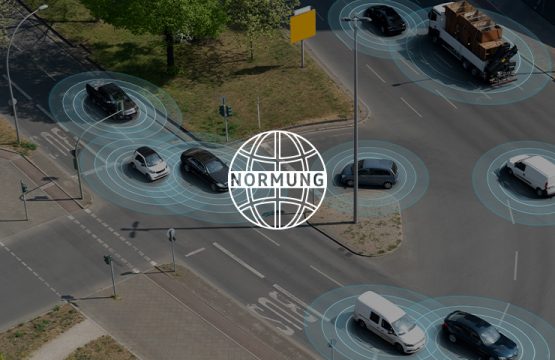- Working Group (WG) 5 of the NPM, Connecting Mobility and Energy Networks, Sector Integration, is presenting two new papers on the development of the public charging infrastructure: the report “Needs-based and economical public charging infrastructure” and the paper “Customer-friendly charging”.
- How can we identify how much charging infrastructure will be needed if we are to run it economically? The answers are given by a dynamic model which takes into account the technological development of electric vehicles and the degree of utilisation of the charging infrastructure.
- What defines a customer-friendly charging infrastructure? The second paper highlights the key characteristics and identifies important issues. What we currently need is not so much regulation, but information.
“In order for the expansion of the public charging infrastructure to be a success, it must be needs-based and designed with user requirements and vehicle technology in mind. In this context, the ever-changing key factors are the right mix of charging facilities – at home, at work, on the road – as well as charging output – normal charge, quick charge. But we must also be able to operate the charging infrastructure in an economical way if we are to be successful in the long run. This means we have to get the level of utilisation right. This is why both aspects – focus on needs and economic efficiency – are key points which need to be considered when it comes to public funding. Of course, the charging process needs to be customer-friendly, too, and it certainly is already very well regulated. Now we need to make sure that attractive products and services establish themselves in the market”, explains Kerstin Andreae, chair of the executive board of the German business organisation for the water and energy industry (BDEW Bundesverband der Energie- und Wasserwirtschaft e.V.) and chair of NPM’s WG 5.
Needs-based and economical expansion of the public charging infrastructure
Last year, WG 5 presented the paper “Sofortpaket Ladeinfrastruktur 2019” which discusses the acceleration of the expansion of the charging infrastructure both in the public and private spheres, the latter being at home or at work. The German government included key points of this paper in its “Charging Infrastructure Master Plan”.
The new report on the needs-based and economical expansion of the public charging infrastructure provides additional information on the key questions of how much and what kind of charging infrastructure is needed for the provision for the seven to 10.5 million electric vehicles envisaged for 2030. By way of illustration, WG 5 has developed a dynamic model which combines customer needs (public or private charge) and vehicle technology (quick or normal charge) with an economical utilisation of the charging infrastructure. This dynamic model is also able to depict customer behaviour and vehicle technology as they change in the coming years and can be used for continuous monitoring.
The modelling includes parameters from the government’s “Key points for the Climate Action Programme 2030”, its “Charging Infrastructure Master Plan” as well as the coalition agreement. These framework parameters point to a very wide target range of 180,000 to 950,0000 charging points. The figures show how much of a moving target future charging infrastructure needs are, and this requires continuous monitoring. But they also show a lower end of approx. 40,000 quick charging points and approx. 130,000 normal charging points for 10.5 million electric vehicles. Last but not least, the model shows that public funding needs to pay more attention to the prospective economic efficiency of the charging infrastructure in terms of its level of utilisation
Customer-friendly charging
Charging an electric vehicle is a new experience for users which differs from refuelling a conventional car. This is why there is no consensus in the public debate on what “customer-friendly charging” might look like. However, a clear definition of this concept is necessary to focus the debate and to identify key questions and required actions. This is where the above-mentioned paper comes in.
Charging is defined as customer-friendly if it is simple, widely available, transparent and secure. Another feature is charging convenience. On the basis of this definition, the paper provides an overview of the key issues, such as information on the availability of the charging point (“simple”), technical interoperability (“widely available”), information on the charging process (“transparent”), data protection (“secure”) and a booking function (“convenient”). With a few exceptions, lawmakers have already provided an excellent framework for customer-friendly charging in order for competitive, user-oriented solutions to establish themselves in the market. Moreover, an agreement was reached on the need to provide information to the associations involved.
Both reports are now available to download on the NPM website www.plattform-zukunft-mobilitaet.de (in German).
About NPM – National Platform Future of Mobility
The National Platform Future of Mobility brings together experts in the fields of politics, the private sector, associations, research institutes and NGOs to develop visions for sustainable, environment- and climate-friendly, affordable and competitive mobility in Germany. Presided by Prof. Dr. Henning Kagermann, six working groups develop intermodal guidance to politicians, businesses and society in a technologically neutral way.
Contact:
Alexandra Huß
Special Advisor on Communications
Office of the Chairman, National Platform Future of Mobility
huss@acatech.de
+49 (0)30 / 206 30 96 86
+49 (0)160 / 714 93 25






